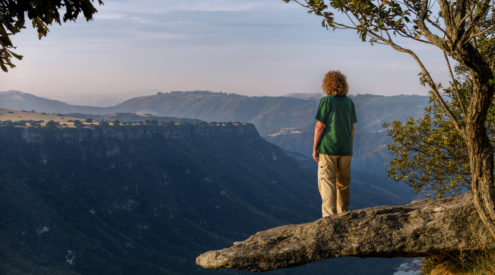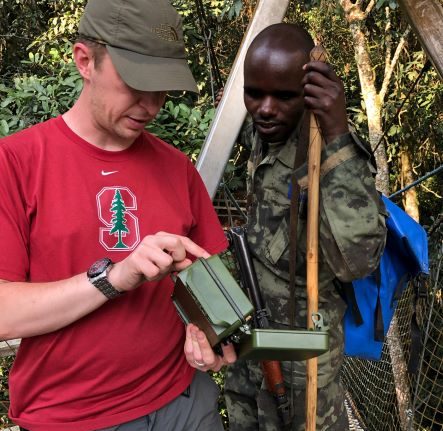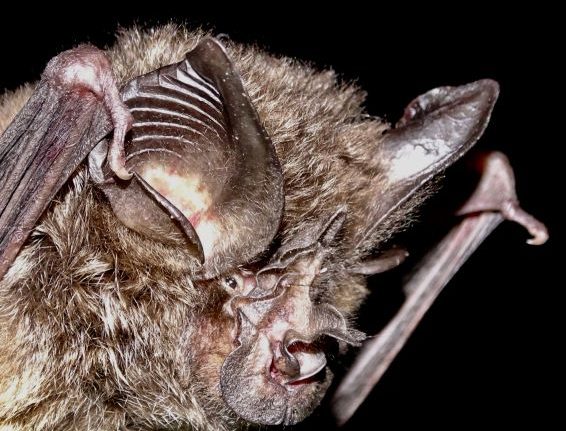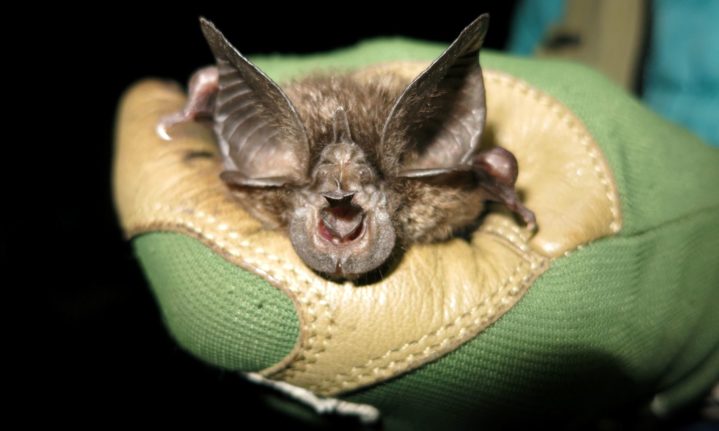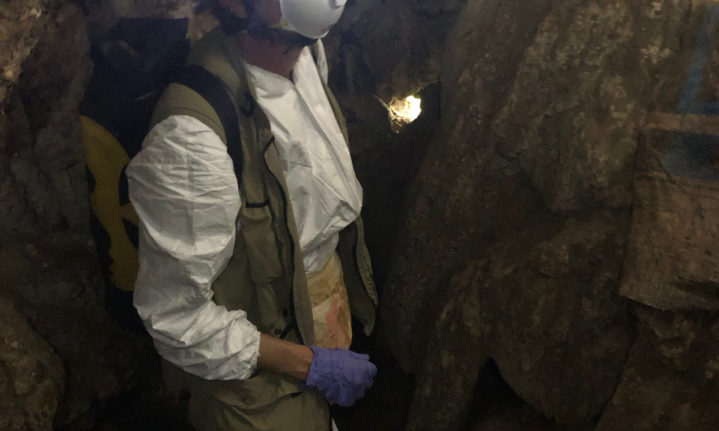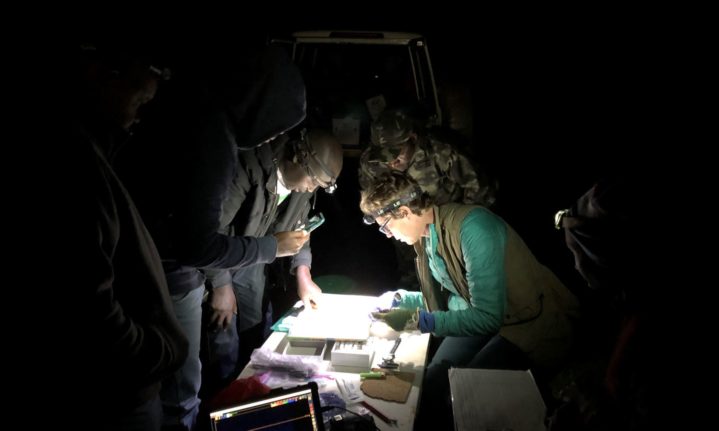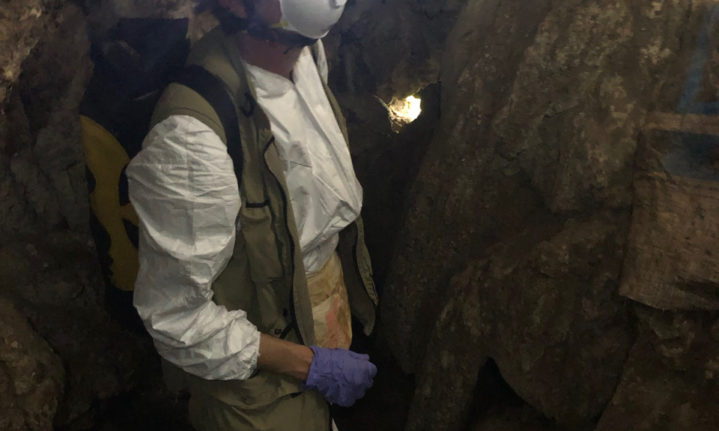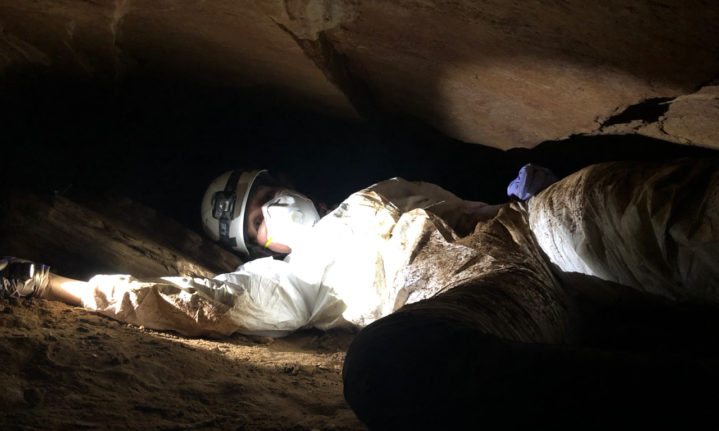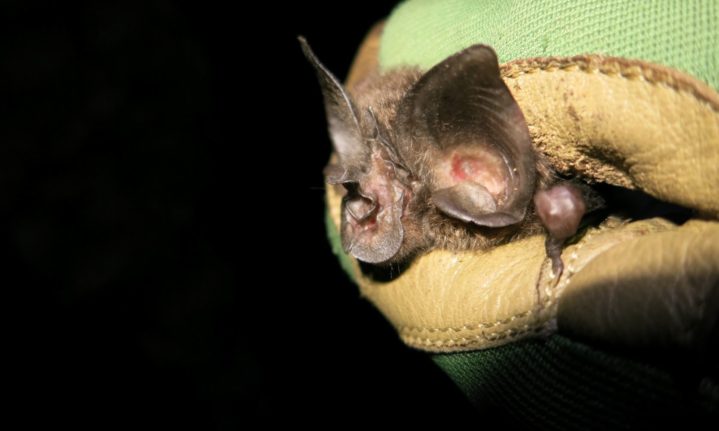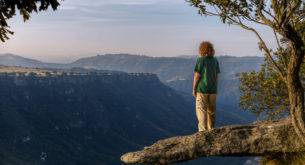The Hill’s horseshoe bat (Rhinolophus hilli) was last seen over 40 years ago and has long been presumed extinct. According to Bat Conservation International, however, the critically endangered bat is back among the living – it was rediscovered on 29 March during an expedition into Rwanda’s Nyungwe National Park.
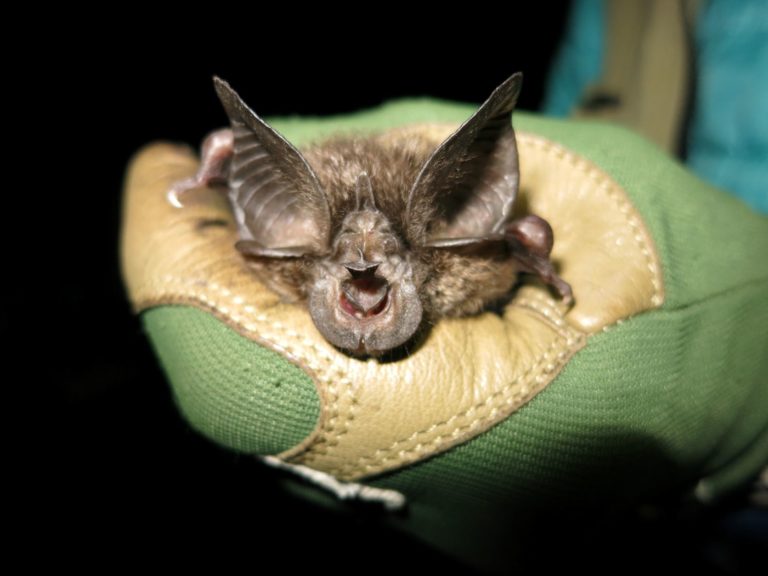
Picture: Jon Flanders, Bat Conservation International
Apart from a few strongly discernible physical features – large ears, a horseshoe-shaped nose and a squashed face seemingly behind flaps of skin – very little is known about this rare bat. It occurs exclusively within Rwanda’s Nyungwe region and there is obviously no telling what the population size might be.
‘It’s astonishing to think that we’re the first people to see this bat in so long,’ said Bat Conservation International’s Dr Jon Flanders.
Flanders says the real work will be figuring out how to protect the species going forward.
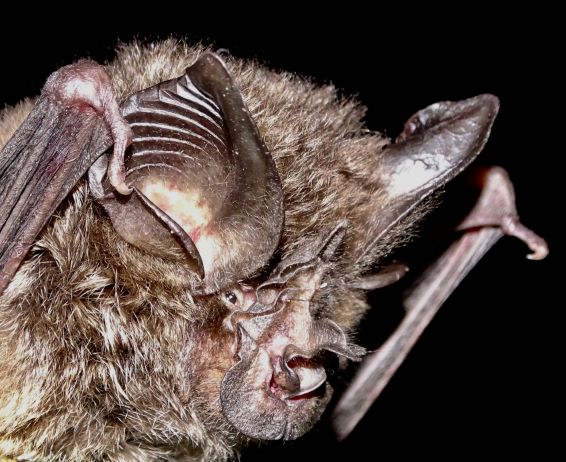
Picture: John Flanders, Bat Conservation International
Bat Conservation International began planning its Nyungwe expedition back in 2013. The team captured one of the bats, recognised its unusual and remarkable features (with facial features ‘exaggerated to the point of comical’, and took careful measurements before releasing it back into the wild.
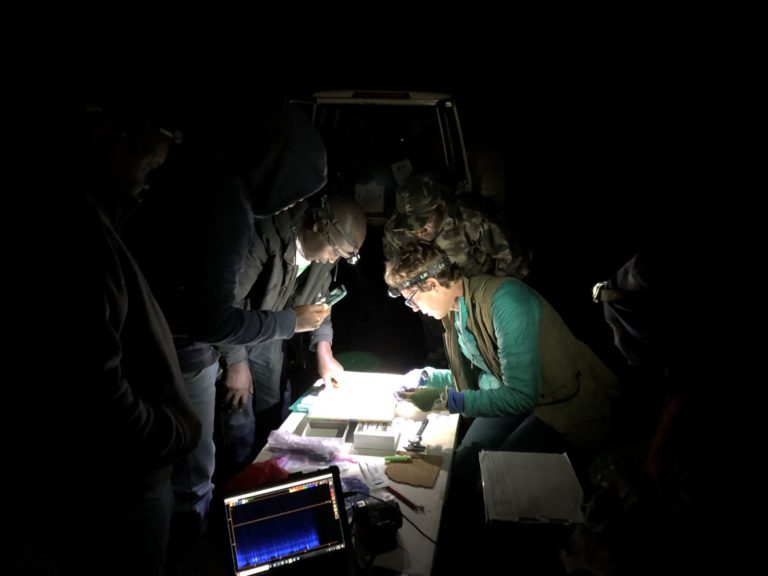
Bat Conservation International and collaborators working through taxonomic keys to determine whether they had just caught Hill’s horseshoe bat in Nyungwe National Park. Picture: Jon Flanders, Bat Conservation International
Before news of the rediscovery was made public, Flanders compared the collected data with a specimen sample that’s been kept in a museum archive.
Further studies are planned, including attempts to record the bat’s echolocation calls which are used when hunting for insects. ‘Knowing the echolocation calls for this species is a game-changer,’ says Dr Paul Webala, Senior Lecturer at Maasai Mara University, and one of the team’s leading scientists.
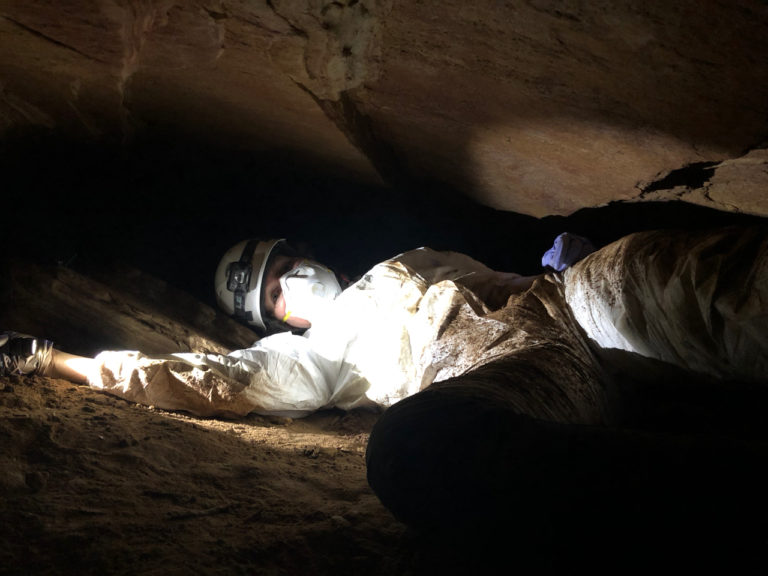
Dr. Winifred Frick squeezing into a cave in search of Hill’s horseshoe bat.
Picture: Jon Flanders, Bat Conservation International
Scientists hope the finding will help strengthen existing conservation efforts in the area.
According to Eugene Mutangana of the Rwanda Development Board, ‘Nyungwe National Park is one of the most biologically important montane rainforests in central Africa, supporting an exceptional range of biodiversity including many rare and endemic species, including bats.’
ALSO READ
Elephants determine herd membership from smell alone, research reveals




